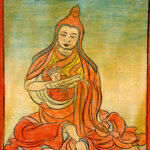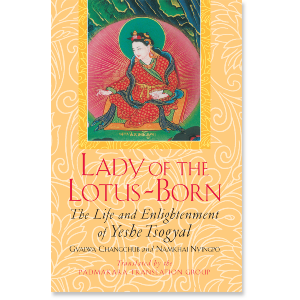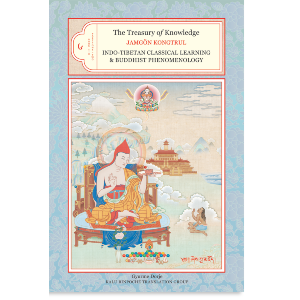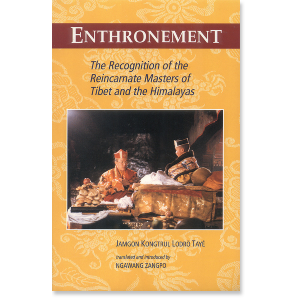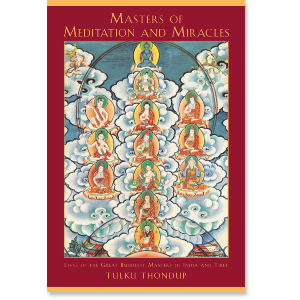Denma Tsemang: A Guide for Readers
Denma Tsemang was another of Guru Rinpoche's 25 chief disciples, famed for his calligraphy and, later, his translation skills and of course his practice. Gyalwa Changchub and Namkhai Nyingpo in their terma, later revealed by Terton Taksham Samten Lingpa and translated into English as Lady of the Lotus Born, explain how Guru Rinpoche gave to Denma Tsemang "the sadhanas of Mopa Trangak, Pel Tobden Nagpo, the root sadhanas of the Debgye, and the branch sadhanas of Drekpa Tobgye, instructing them to practice in Yamalung".
Through these teachings and practice, Denma Tsemang achieved the power of "Unforgetting memory".
On this power, the same text describes how Denma Tsemang "routed the Bon with his exposition of the Buddha's teaching, explaining the whole of the Kangyur from memory, and causing vowels and consonants to appear in the sky, visible for all to see".
Additionally, at the time when Guru Rinpoches teachings were committed to writing, Denma Tsemang played his part due to his excellence in "orthography, speed and accuracy".
Also, Jamgon Kongtrul in his book Enthronement, talks about how Tai Situpa was Denma Tsemang in a previous life and describes him as being the chief recipient of the Wrathful Mantra deity meditation instructions and was the scribe for writing many of the termas on yellow parchment.
For his calligraphy for which he was famed, Jamgon Kongrtul, in Book Six of the Treasury of Knowledge on Indo-Tibetan Classical Learning wrote of:
"As for the headless thick-stroked italic script,
There were two [original] traditions-those of Li and Den-
From which many [others] gradually evolved.
With regard to the headless thick-stroked italic script ('bru chen), which is the best of the cursive Tibetan scripts (bod yig gshar ma), the letters are drawn against a large grid (thig tshad che ba), either in accordance with the Li calligraphic tradition (li lugs), which has long been extinct, or the Den calligraphic
tradition (ldan lugs). The latter is so-called either because it was the tradition of Denma Tsemang, or because it "possesses " (ldan pa) an authoritative calligraphic standard."
Gyurme Dorje, the translator of this volume of the Treasury of Knowledge adds this:
"This is also mentioned in Pari Sangye, The Writing of Tibetan, 7. Paldu, Exegesis onTibetan Writing, 62, states that the Li tradition originated with Tonmi Sambhoá¹a and it implied 'refined writing' (legs bris). It is said to have been prevalent in Khyungpo and in Ngari but no longer survives. The extant Den tradition dates from the era of King Trisong Detsen, Denma Tsemang being one of the twenty-five recognized disciples of
Padmasambhava".
A brief bio in included in Tulku Thondup's Masters of Meditation and Miracles.
See the bio on the Treasury of Lives site.
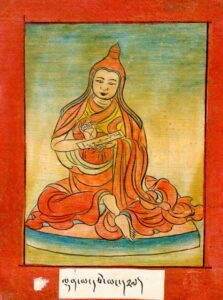
$34.95 - Paperback
The Treasury of Knowledge: Book Six, Parts One and Two
$49.95 - Hardcover
$24.95 - Paperback
Masters of Meditation and Miracles
$34.95 - Paperback

